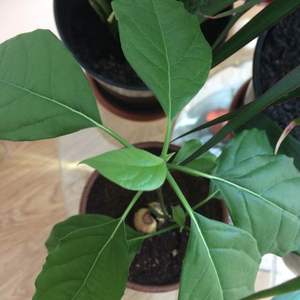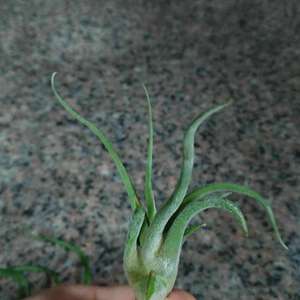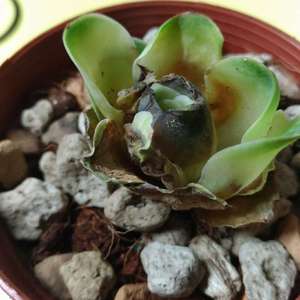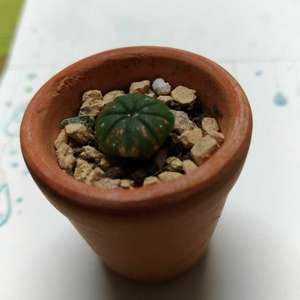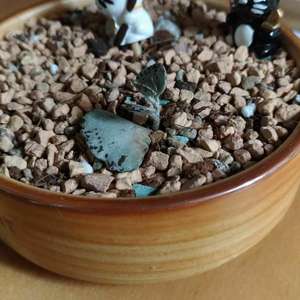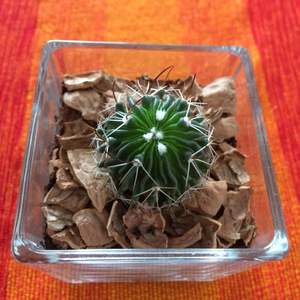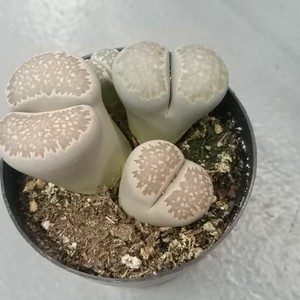文章
Miss Chen
2018年07月12日

Potatoes are low-maintenance vegetables that you can grow in your home garden and that produce an abundant harvest. Grow potatoes from seed potatoes, which are small potatoes or pieces of larger ones. Pre-sprouting them before planting, also called chitting, ensures the seed potatoes are ready and able to produce plants. Plant these sprouted potatoes properly; otherwise, they rot in the ground instead of becoming healthy and productive plants.

Step 1
Prepare a full-sun garden bed for planting. Apply a 2-inch layer of compost over the entire bed, and one-half pound of 10-10-10 analysis fertilizer to each 10-foot row. Till the compost and fertilizer into the top 6 inches of the bed.
Step 2
Cut large, sprouted seed potatoes into 1- to 2-inch pieces, leaving at least one sprout - and up to three - on each seed piece. Set the seed pieces on a tray with the cut side up, and leave them overnight so the cut sides scab over, which helps prevent rot. Small seed pieces can be left whole.
Step 3
Sow the seed pieces to a 3-inch depth, and space each piece 8 to 12 inches apart in the row. Space the rows 2 to 3 feet apart. Plant each seed piece so the sprout is on top and the cut side, if applicable, on the bottom.
Step 4
Water the bed after planting until the soil is moist to a 6-inch depth. Water once weekly to maintain this moisture level, or twice weekly during extended dry periods.

Step 5
Cover the bed with a 2-inch layer of straw mulch once the potato plants are 5 inches tall. The mulch preserves moisture, inhibits weeds and also prevents sunburn on potato tubers growing near the soil surface.

Step 1
Prepare a full-sun garden bed for planting. Apply a 2-inch layer of compost over the entire bed, and one-half pound of 10-10-10 analysis fertilizer to each 10-foot row. Till the compost and fertilizer into the top 6 inches of the bed.
Step 2
Cut large, sprouted seed potatoes into 1- to 2-inch pieces, leaving at least one sprout - and up to three - on each seed piece. Set the seed pieces on a tray with the cut side up, and leave them overnight so the cut sides scab over, which helps prevent rot. Small seed pieces can be left whole.
Step 3
Sow the seed pieces to a 3-inch depth, and space each piece 8 to 12 inches apart in the row. Space the rows 2 to 3 feet apart. Plant each seed piece so the sprout is on top and the cut side, if applicable, on the bottom.
Step 4
Water the bed after planting until the soil is moist to a 6-inch depth. Water once weekly to maintain this moisture level, or twice weekly during extended dry periods.

Step 5
Cover the bed with a 2-inch layer of straw mulch once the potato plants are 5 inches tall. The mulch preserves moisture, inhibits weeds and also prevents sunburn on potato tubers growing near the soil surface.
0
0
文章
Miss Chen
2018年07月12日

Zucchini, a summer squash, is an abundant producer in the home vegetable garden. Zucchinis ripen from midsummer until fall, continually blooming and producing until cold weather kills off the plant. Frequent harvesting encourages further fruit set on the plants, so pick the ripe ones daily during the height of the season. Zucchinis left too long on the plant become tough and woody, and are no longer fit for the kitchen. Harvesting the zucchinis at the proper time ensures they are also at their peak of flavor.

Step 1
Inspect the plant for zucchinis that have reached 6 to 8 inches in length, as this is the size when most varieties begin ripening. Harvest vegetables that have glossy skin and are firm, but that can still be dented with a fingernail.
Step 2
Grasp the ripe zucchini in one hand. Cut the stem ½ inch up from the zucchini with a sharp knife. Avoid pulling on the zucchini, as this can damage both the vegetable and the plant.

Step 3
Check the plant daily once zucchinis begin reaching maturity. Harvest the vegetables as soon as they reach maturity.

Step 1
Inspect the plant for zucchinis that have reached 6 to 8 inches in length, as this is the size when most varieties begin ripening. Harvest vegetables that have glossy skin and are firm, but that can still be dented with a fingernail.
Step 2
Grasp the ripe zucchini in one hand. Cut the stem ½ inch up from the zucchini with a sharp knife. Avoid pulling on the zucchini, as this can damage both the vegetable and the plant.

Step 3
Check the plant daily once zucchinis begin reaching maturity. Harvest the vegetables as soon as they reach maturity.
1
0



